In this video, doctors can learn how to perform a full cardiac examination on a patient. The very first thing a doctor should do is visually inspect the patient, because there's a lot that can be gained by simply examining by eye. You'll want to carefully examine the respiratory pattern of the patient, the nature of their precordium, the anterior part of their chest over the heart. Feeling the pulse is also necessary when starting out this heart exam. To learn more, watch the full video.
For a full lesson on cardiac examination, go to University of Virginia's School of Medicine Interactive Learning Module. The best way to prepare yourself for your small group exercises is to first watch the cardiac exam video from beginning to end, then proceed through all the explanations of cardiac anatomy and physiology that are in the lesson. By the end of this session, you will be able to:
1. Recognize the elements and significance of the jugular venous pulse.
2. Know the physiology and sound of S1 and S2.
3. Know the physiology and sound of S3 and S4.
4. Identify systole and diastole by palpation and listening.
5. Describe heart murmurs.
6. Hear and understand the mechanism of three common systolic murmurs.
Just updated your iPhone? You'll find new emoji, enhanced security, podcast transcripts, Apple Cash virtual numbers, and other useful features. There are even new additions hidden within Safari. Find out what's new and changed on your iPhone with the iOS 17.4 update.



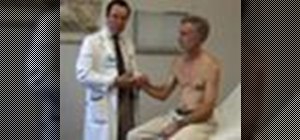

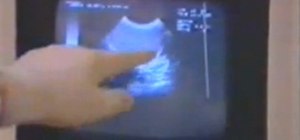


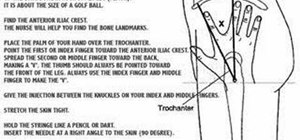


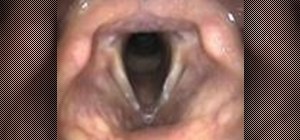


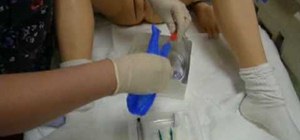

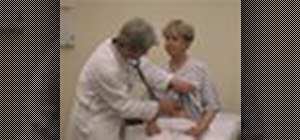
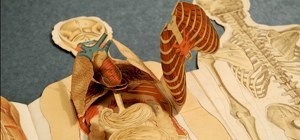

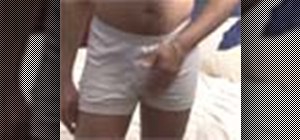

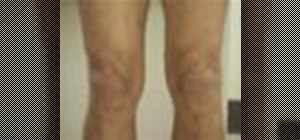

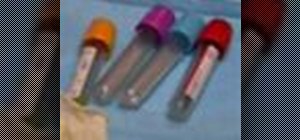


Be the First to Comment
Share Your Thoughts